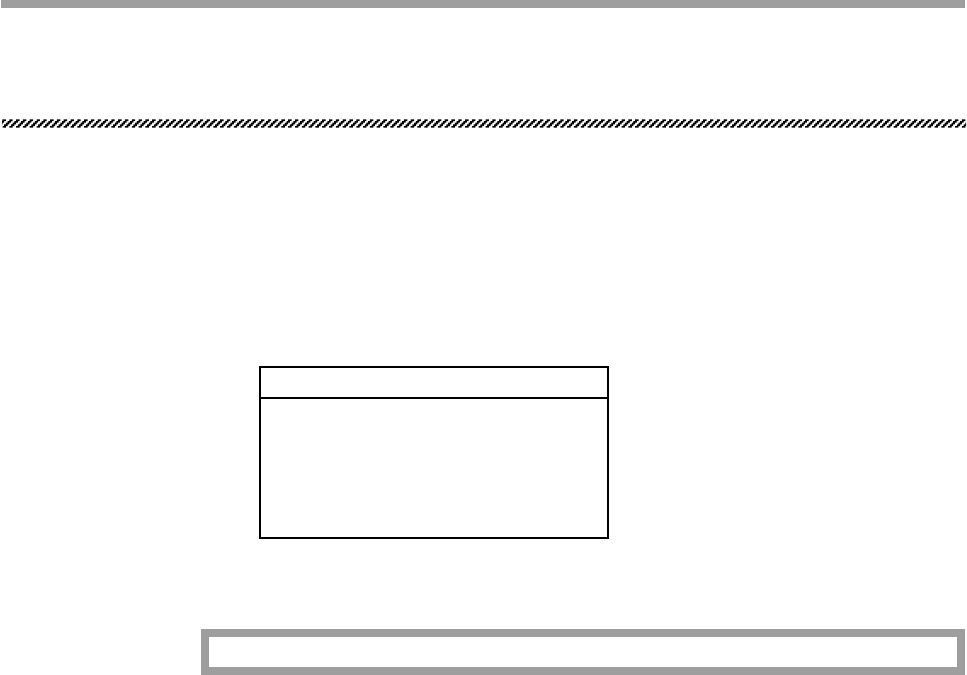
25
CHAPTER2 Ethernet Unit
2-9 TELENET communication commands
2-9-1 Communication command specifications
TELNET communication commands are broadly classified into two types.
One type is commands that instruct the Ethernet unit to process the command task. The
other type is robot control commands to access the controller and perform sophisticated
processing. These robot control commands are further subdivided into the following
four categories.
• Ethernet unit control commands
• Robot control commands
1. Robot language
2. Data handling
3. Utilities
4. Special codes
Communication command format for robot control commands except special codes is as
follows.
@<operation code> [Operand 1>][,<operand2>][,<operand 3>
• • • ]c/f l/f
■ Basically, the Ethernet unit control commands and Robot control commands begin
with the start code ‘@’ (=40H) and run when a statement with the last line ending with
the code c/r (=0DH) 1/f (=0AH) is sent to the controller. The robot control command
always begins with a start code but start codes are sometimes not required in some
Ethernet unit control commands. One exception to this is the special codes in robot
control commands. These do not require a start code and c/r I/f.
■ A communication command is basically composed of an operation code and an oper-
and. Depending on the command statement, either no operand or multiple operands
are used.
Items in [ ] (brackets) can be omitted.
■ The character codes used are the JIS8 unit system codes (ASCII codes with katakana
characters added). Input characters can be upper case or lower case.
■ One or more space must be inserted between the operation code and the operand.
■ Items in < > marks should be specified by the user. Check the description of each
communication command and enter the appropriate data.
■ When two or more operands are entered, insert a comma (,) between them. (There are
exceptions.)


















